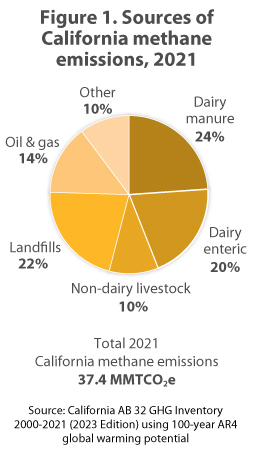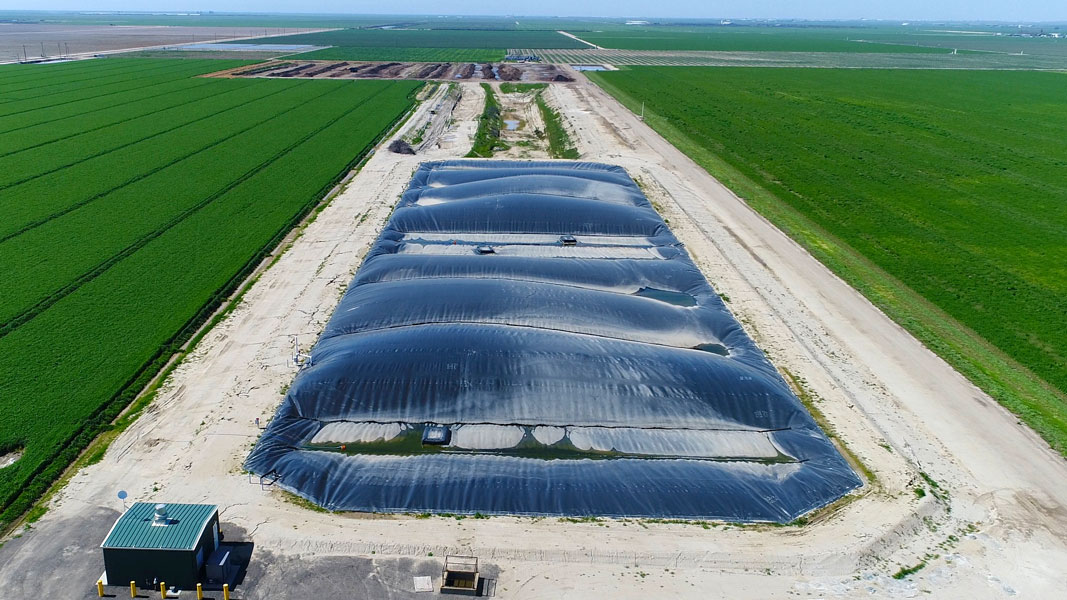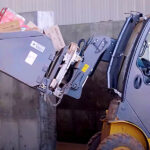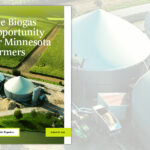Top: Before 2017, California had fewer than 20 dairy digesters. By 2022, 100 were in operation. Photo courtesy of SoCalGas
The California Air Resources Board (CARB) held a public workshop in late August about CARB’s progress in compiling California-specific dairy activity data and evaluating the dairy sector emissions trends. “Community advocates and residents have raised concerns about the impacts of dairies and dairy digesters on adjacent communities through both public comments and through rulemaking petitions submitted to CARB,” explained the Board in its workshop announcement. “In CARB’s most recent petition response, staff committed to continuing to evaluate the dairy sector based on the best available data and to host this workshop on dairy sector data. To better understand these concerns and emissions trends in the State’s dairy sector, CARB staff utilized data sources from federal, state, and local agencies to develop the California Dairy and Livestock Database (CADD). The database contains facility-level cattle population and digester information for California dairies from 2012 to 2022. CADD is based on publicly accessible documents and improves CARB’s ability to track the California dairy and livestock sector trends.”
 The staff presentation given at the workshop included general trends in the dairy sector:
The staff presentation given at the workshop included general trends in the dairy sector:
- California’s dairy and livestock sector is the largest methane source in California, responsible for more than half of statewide methane emissions (Figure 1). Enteric emissions are expelled directly from the animal (e.g., cow burps).
- There are over 1,000 dairies in the state and over 1.5 million dairy cows.
- Before 2017, the state had fewer than 20 dairy digesters; by 2022, 100 were in operation
- Of the 100 operational dairy digesters in 2022, 83 received funding from the California Department of Food & Agriculture’s Dairy Digester Research & Development Program.
- Fifty of the 100 were participating in CARB’s Low Carbon Fuel Standard Program that has provided credits for production of low carbon fuels such as renewable natural gas since 2017.
Of the more than 1,000 dairies in California, 98.4% are subject to reporting data. Based on the CADD calculations, the number of dairy farms has been declining at a steady rate of about 5% annually. Average growth of dairy herd size has been growing steadily (about 2% annually, from 1,224 in 2013 to 1,472 in 2021). A preliminary estimate of dairy sector methane emissions reduction is included in the staff presentation (slide 54). It shows that in 2030, herd population reduction could account for 3.8 million metric tons of carbon dioxide equivalent (MMTCO2e) emissions reduction; digester installation could account for 2.5 MMTCO2e and 0.4 MMTCO2e could come from alternative manure management methods. That falls short of the 9 MMTCO2e reduction target by 2030 by 2.4 MMTCO2e. Access to the recording of the workshop is at this link.













